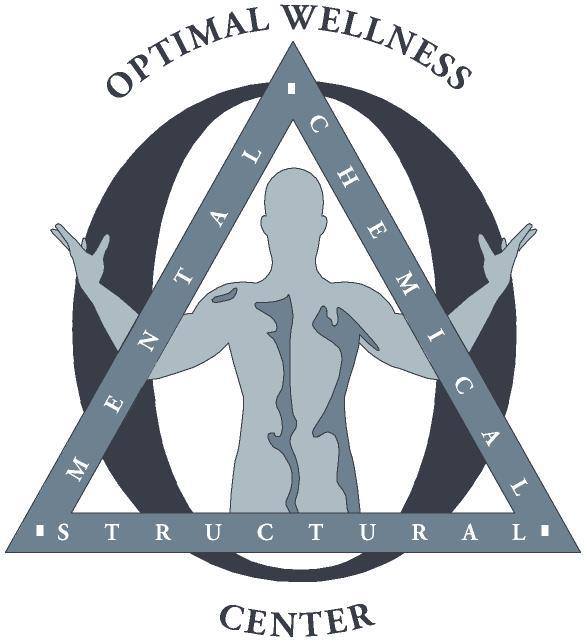Stabbing Pain in the Back: Causes, Symptoms, and When to Seek Help
Stabbing pain in the back can be alarming, often described as sharp, sudden, and intense. This type of back pain, commonly referred to as sharp stabbing pain in the back, can stem from various sources, such as muscle strains, herniated discs, spinal conditions, and even underlying health issues. Understanding the potential causes, symptoms, and treatment options can help manage and alleviate this discomfort effectively.
Common Causes of Sharp Stabbing Pain in the Back
1. Muscle Strain
Muscle strain is one of the most common reasons for sharp stabbing pain in the back. It occurs when muscles or tendons are stretched beyond their limit, often due to sudden movement, lifting heavy objects, or repetitive stress from activities. Symptoms include:
Localized stabbing pain that worsens with movement
Muscle stiffness
Difficulty in bending or twisting
Treatment Tip: Applying ice or heat and taking over-the-counter pain relievers can often help reduce inflammation and ease muscle strain.
2. Herniated Disc
A herniated or "slipped" disc can cause sharp stabbing pain in the back, especially in the lower back region. When a disc in the spine ruptures, it puts pressure on surrounding nerves, causing intense pain that may radiate down the legs.
Numbness or tingling in the lower back
Shooting pain that intensifies with movement
Muscle weakness
Treatment Tip: Physical therapy, gentle stretching, and anti-inflammatory medications are often used to manage symptoms of a herniated disc.
3. Sciatica
Sciatica results from compression or irritation of the sciatic nerve, causing sharp pain that begins in the lower back and radiates down through the leg.
Sharp, burning pain on one side of the body
Numbness or tingling in the leg or foot
Muscle weakness in the affected leg
Treatment Tip: Gentle stretching and specific exercises can help relieve pressure on the sciatic nerve and reduce pain.
4. Kidney Stones or Kidney Infection
Back pain caused by kidney issues can often feel like stabbing pain in the back, usually located on one side.
Pain that radiates to the side or groin
Painful urination or frequent urge to urinate
Fever or chills
Treatment Tip: It’s essential to seek medical advice for kidney pain, as these conditions require targeted treatment, including antibiotics or pain management.
5. Spinal Conditions (e.g., Spinal Stenosis)
Spinal stenosis is a condition where the spinal canal narrows, putting pressure on the spinal cord and nerves, resulting in stabbing pain in the back. This condition can be especially debilitating.
Tingling or numbness in the legs or feet
Pain that worsens with activity, such as walking
Weakness in the legs
Treatment Tip: Physical therapy, pain relievers, and in some cases, surgery are options to manage spinal stenosis.
6. Compression Fractures
A compression fracture in the spine, often related to osteoporosis, can cause sudden, sharp pain in the back. These fractures are common in older adults and those with weakened bones.
Sharp back pain that intensifies with movement
Reduced mobility
Pain that worsens when standing or bending
Treatment Tip: Treatment includes rest, bracing, and medications to manage pain and promote healing. In severe cases, surgery may be recommended.
Causes of Stabbing Back Pain in Women
For women, additional conditions may contribute to sharp stabbing pain in the back:
Endometriosis: Tissue growth outside the uterus may cause pelvic and lower back pain.
Ovarian Cysts: Large cysts can cause pain that radiates to the back.
Uterine Fibroids: These can lead to sharp pain, especially during menstruation.
Causes of Stabbing Back Pain in Men
In men, specific conditions such as prostatitis or prostate cancer can cause stabbing pain in the lower back. Symptoms of prostatitis include pain in the groin, difficulty urinating, and fever, while prostate cancer symptoms may include urinary problems and discomfort.
When to See a Doctor for Stabbing Back Pain
Although back pain often resolves with rest and self-care, certain symptoms require medical attention. Seek help if you experience:
Persistent or worsening pain
Fever, chills, or other signs of infection
Numbness or tingling in the legs
Difficulty with bladder or bowel control
Pain that does not improve with rest or over-the-counter treatments
Tips for Managing and Preventing Stabbing Pain in the Back
Exercise Regularly: Engage in activities that strengthen core muscles, which support the spine.
Maintain Good Posture: Proper posture helps reduce strain on your back.
Practice Safe Lifting Techniques: Bend at the knees, not the waist, when lifting heavy objects.
Stretch Daily: Incorporate stretching exercises to improve flexibility and prevent stiffness.
Final Thoughts
Sharp stabbing pain in the back can be caused by various factors, from muscle strain to more severe conditions such as herniated discs or kidney issues. Understanding the underlying cause is crucial for effective treatment. Consulting with a healthcare provider ensures that you receive an accurate diagnosis and the most suitable treatment plan to help you regain comfort and mobility.
